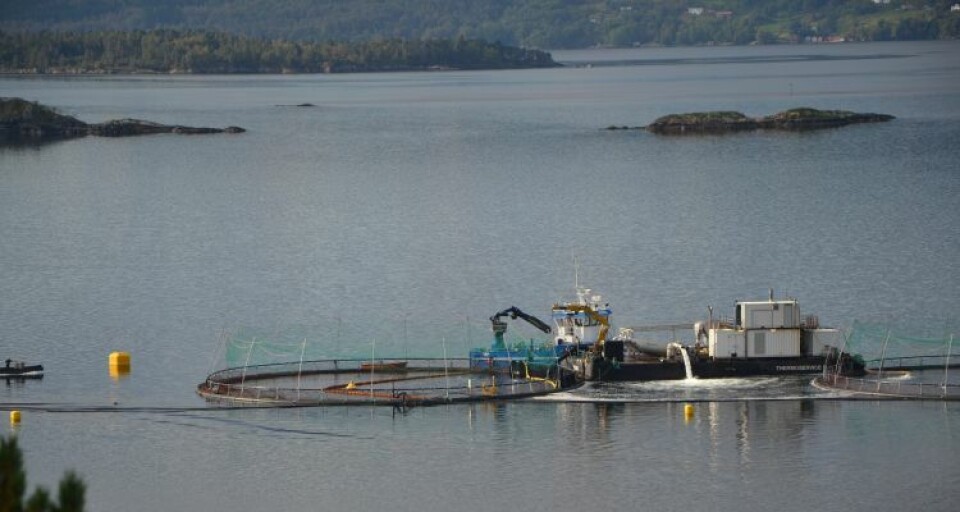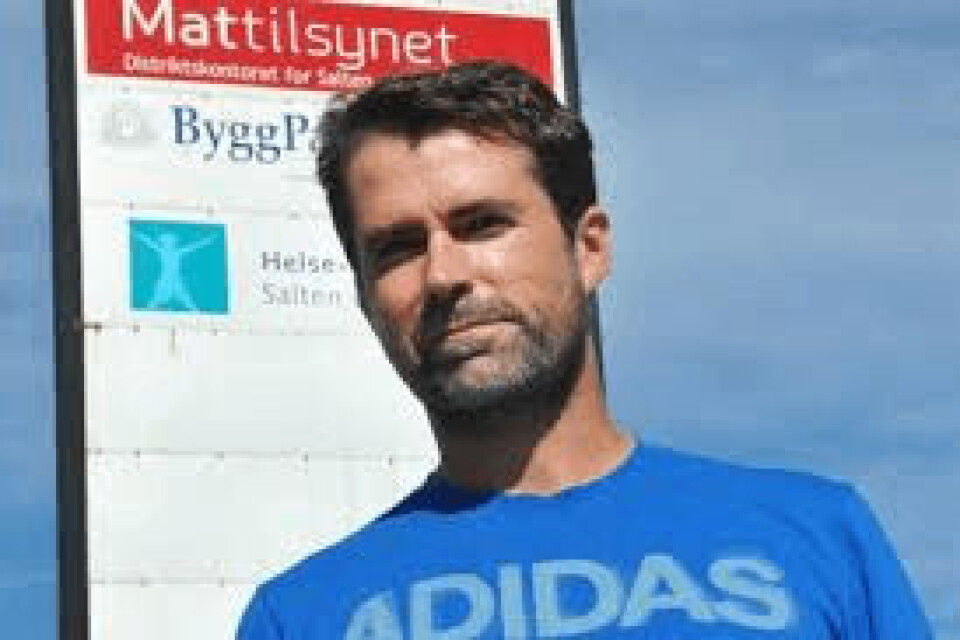
Concerns over fish wound increase
Mattilsynet has noted a rise in injuries and ulcers on fish in northern Norway this winter, due to an increased frequency of delousing and other handling, but Salmar Nord tell kyst.no that they are taking actions to prevent these becoming more prevalent.
Are Strøm, special inspector for Mattilsynet in northern Norway, recently told kyst.no about the trend. “There have been more wounds related to fish handling,” he pointed out.

Strøm says that these increases are primarily due to measures to combat lice, and that mechanical louse treatments have in some cases resulted in injuries that have provided the basis for ulcer development, especially in the winter.
“Minor injuries usually have greater consequences in the cold season, as the fish's healing process is slower at low temperatures. Triploid salmon may also be more susceptible to sores than normal salmon. In general producers try to avoid handling that could lead to ulcer development during the cold season, but if you can’t control lice during autumn winter treatment can become a necessity,” he observed.
Strøm says handling of fish should be gentle, especially when the sea temperature is below four degrees, and points out that loss of slime can be sufficient to let in the bacteria that cause the ulcers to develop.
Prevention is better than cure
Ørjan Jensen and Tone Ingebrigtsen from Salmar Nord told kyst.no that they work hard to avoid such injuries.
Most of the challenges associated with wounds, they believe are a result of mechanical treatments, bad weather, handling at low temperatures, weak individuals and the presence of predators and they have come up with a strategy to minimise such injuries.

“It is important for us to distinguish between wounds in the wintertime and winter ulcer disease, which is caused by a systemic infection of Moritella viscosa, or other bacteria,” they say.
“When it comes to action we work primarily on preventive strategy and Salmar Nord has not seen it as appropriate to use antibiotics to treat ulcers,” they observe.
In addition to ensuring robust smolt and efficient operations, they look at using nutrition-rich feed, and avoiding handling operations with high risk, at low temperatures.
“We don’t use mechanical delousing during the coldest winter months, and we generally aim to prevent any other type of fighting lice during this period, depending on the temperature profile,” they add.
Salmar Nord also has a strategy to avoid exposing autumn smolts to areas that have had Parvicapsula issues historically, as the presence of the parasite may result in an increased amount of fish with wounds.
“We believe this is linked to an overall improvement in smolt quality and optimizing operations and farming. More handling can lead to greater risk of damaging the slime layer, which in turn can lead to development of ulcers. The risk increases at low temperatures. There rests a great responsibility on us as farmers to adhere to regulations concerning sea lice treatments, while maintaining good fish welfare,” they say
“2016 was a year where many new non-drug treatment devices were used in Norwegian aquaculture, and the degree of innovation has been great. This has, for our part led to an increased focus and competence on health and welfare in all aspects, and we are optimistic about the development,” they conclude.























































